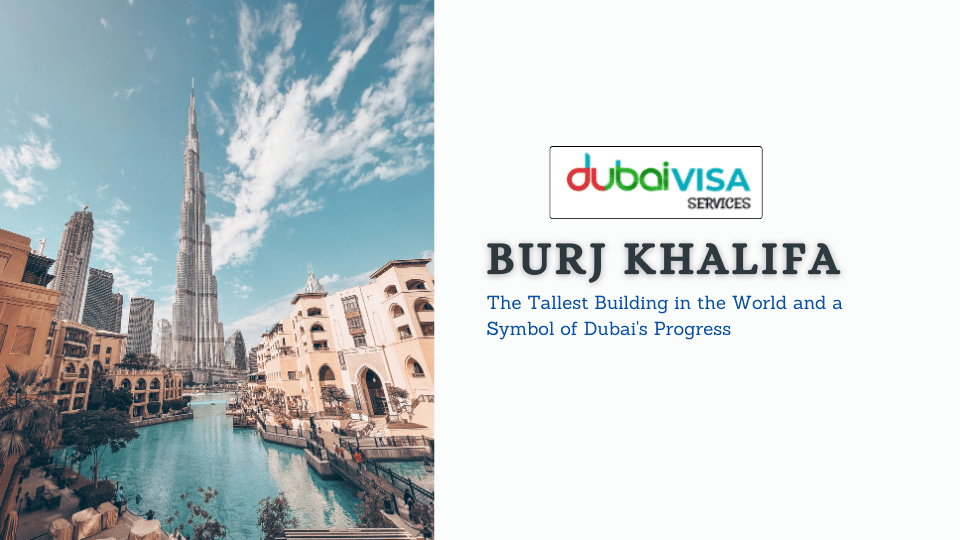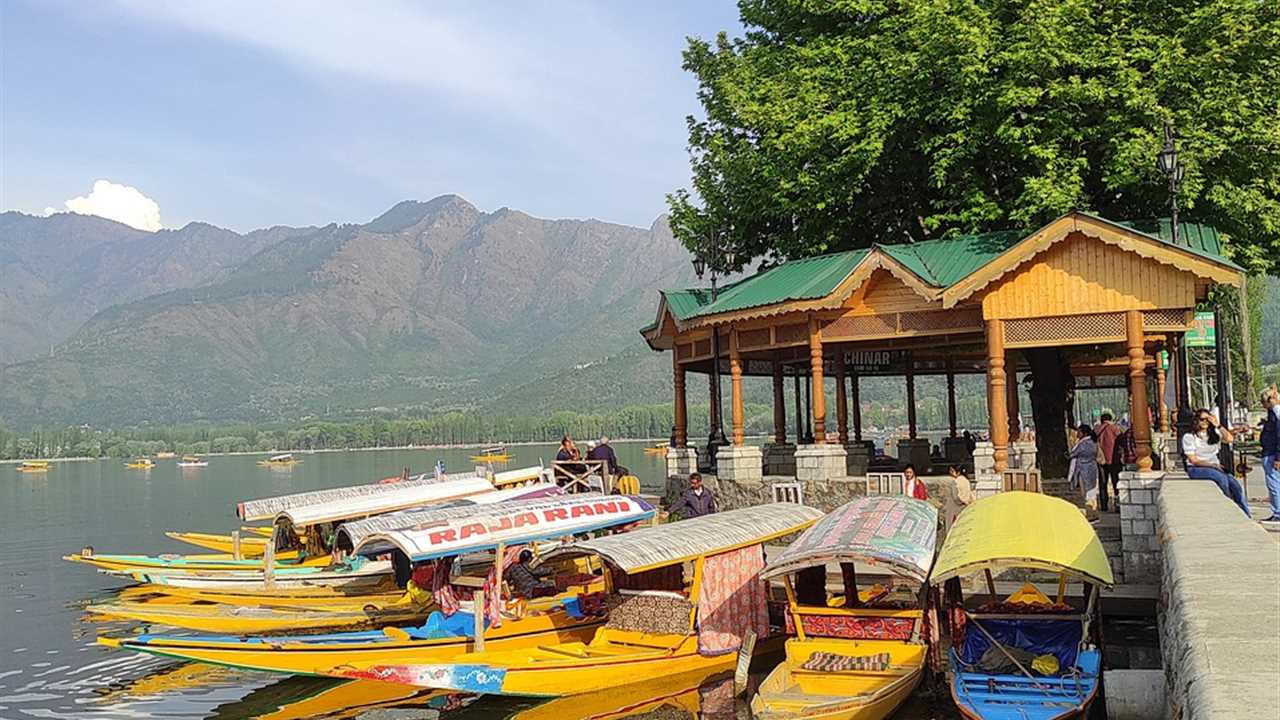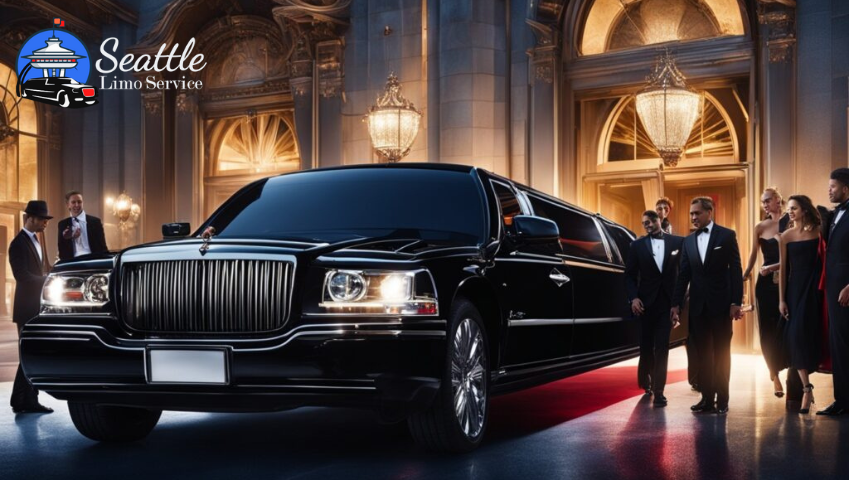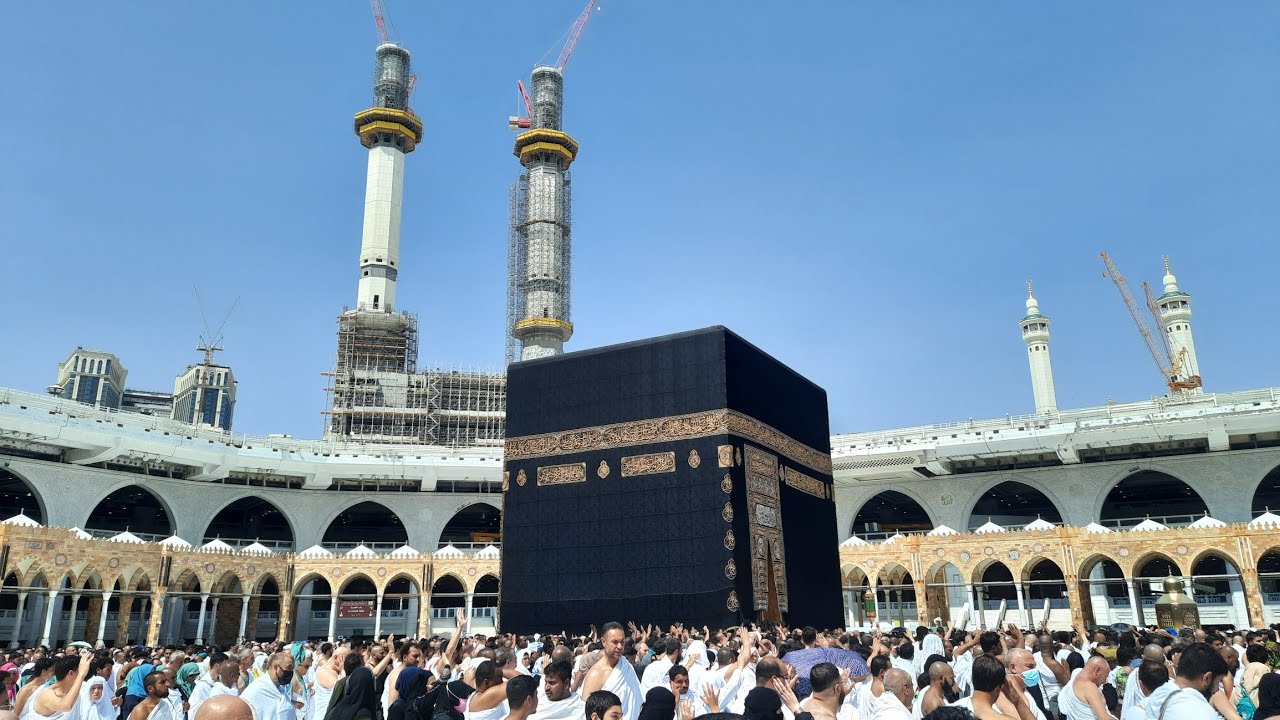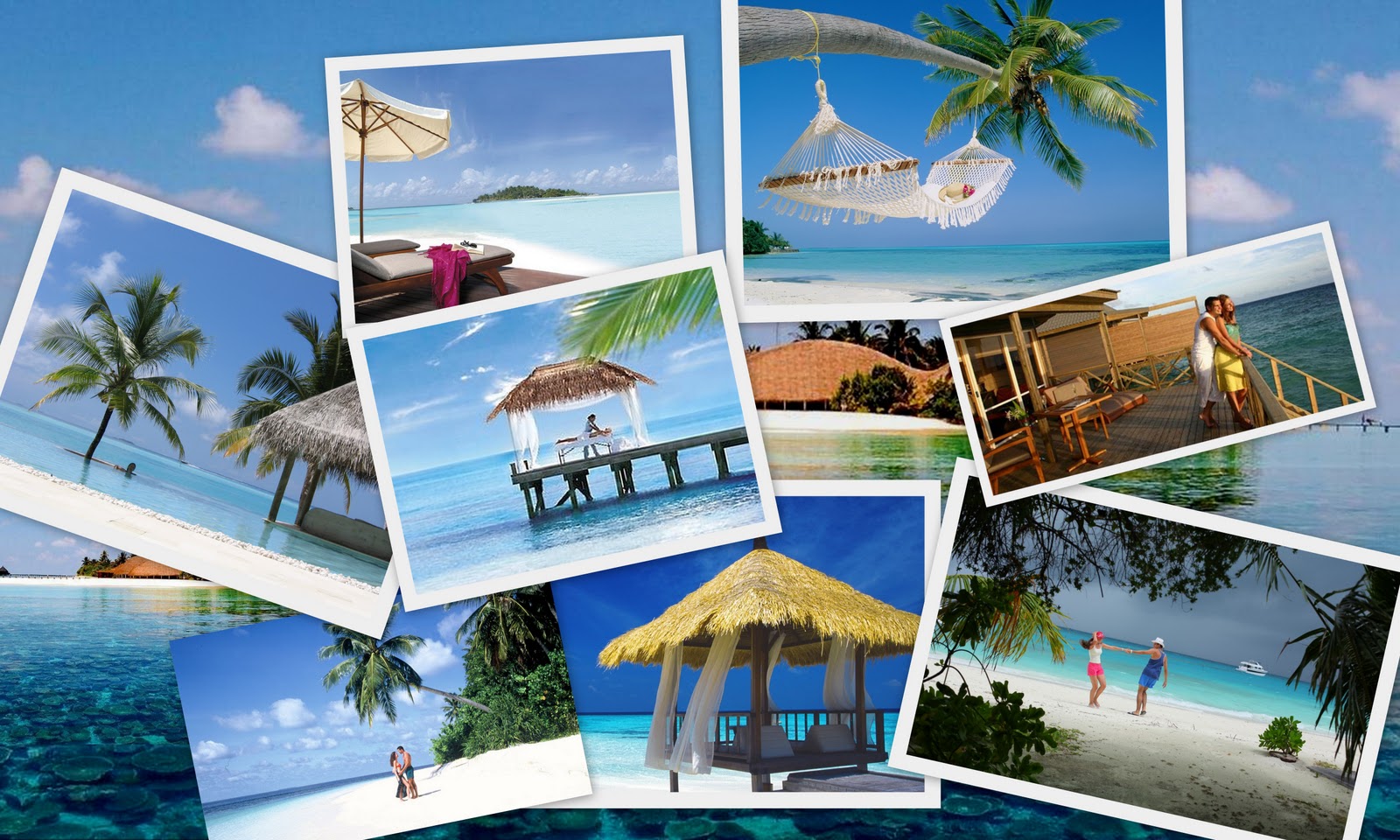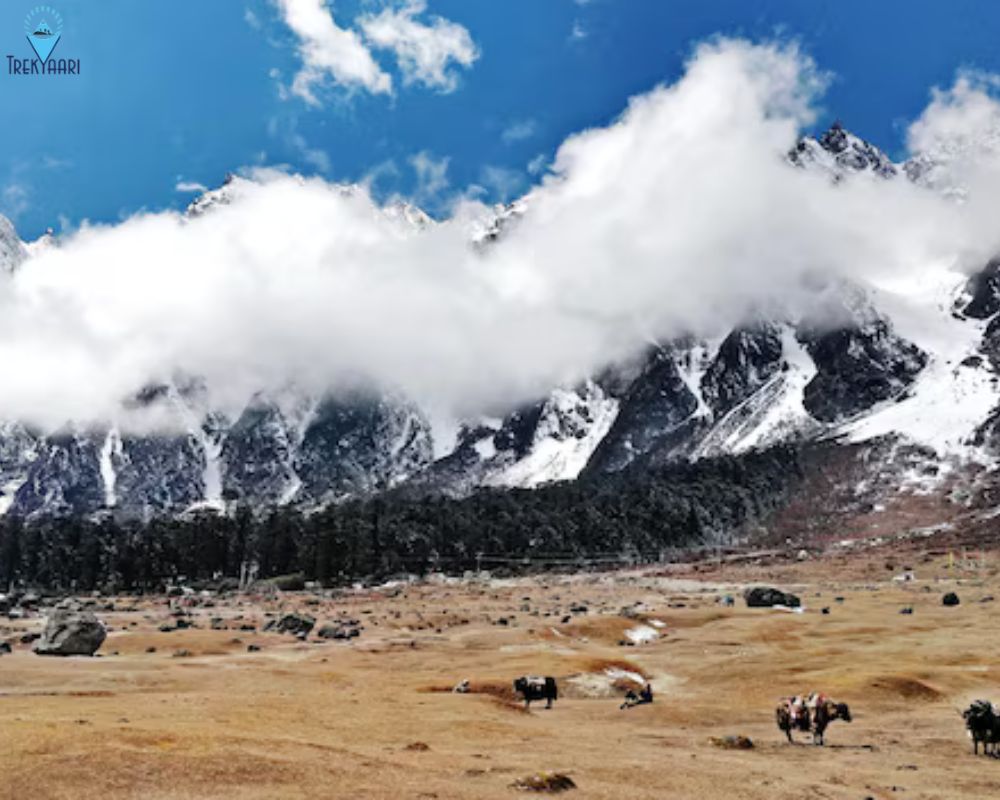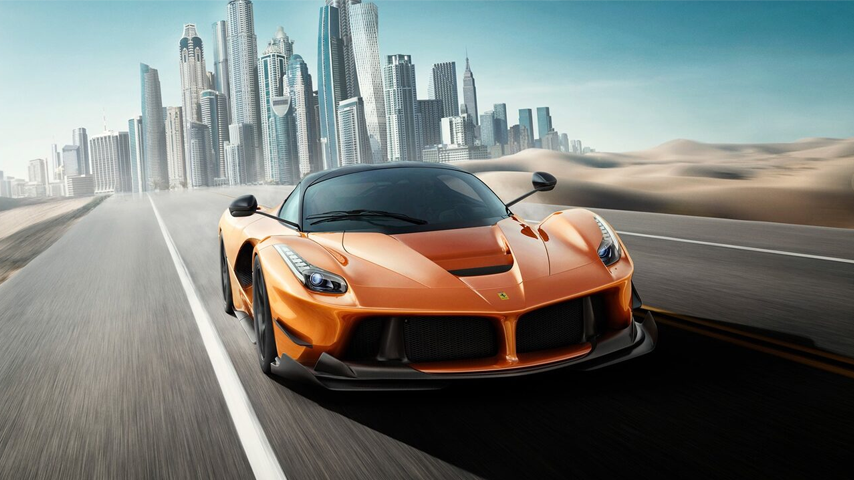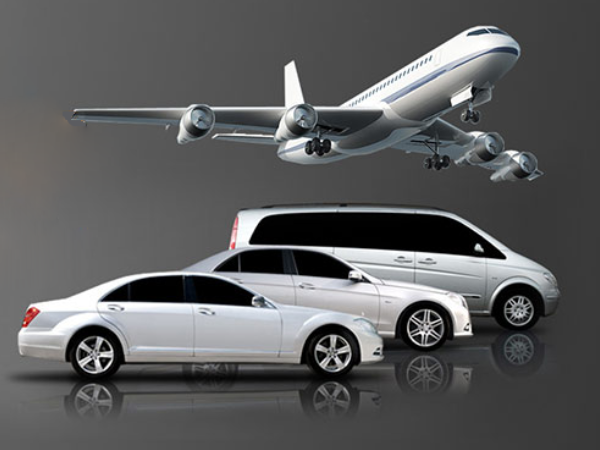The Burj Khalifa, formerly known as Burj Dubai, is a towering symbol of modern architectural achievement. Located in Dubai, United Arab Emirates, this mixed-use skyscraper is the tallest building in the world. Reaching a staggering height of 2,717 feet (828 metres), it stands tall with 163 floors. The building was named in honour of Sheikh Khalifa ibn Zayed Al Nahyan, the ruler of Abu Dhabi and president of the UAE, who played a key role in funding the project during the global financial crisis. The Burj Khalifa is more than just a skyscraper; it is a testament to human ambition and engineering prowess.
The Construction of Burj Khalifa
The construction of Burj Khalifa began in 2004, and it took just over five years to complete. The tower was officially opened on January 4, 2010, but the interior was not entirely finished at that time. The project was designed by Skidmore, Owings & Merrill, a Chicago-based architectural firm. Adrian Smith was the lead architect, and William F. Baker served as the structural engineer. The construction process was a closely guarded secret, especially concerning the final height of the building.
Burj Khalifa’s design is based on a modular, Y-shaped floor plan, which was inspired by the Hymenocallis flower, a plant native to the region. This unique design helps reduce the effect of wind forces on the structure. The building’s hexagonal central core is reinforced by a series of wings, each with its own concrete core and perimeter columns. As the tower rises, these wings step back in a spiral configuration, reducing the wind impact at each level. The building culminates in a 700-foot (200 metres) spire, which was constructed inside the tower and later hoisted into place using a hydraulic pump.
Engineering and Design Marvels
One of the most impressive aspects of the Burj Khalifa’s engineering is its foundation. The tower is supported by a 13-foot-thick (4 meters) concrete mat, which rests on concrete piles that are 5 feet (1.5 meters) in diameter. The podium, a three-story structure at the base of the tower, anchors it securely in place. The exterior cladding of the Burj Khalifa is made from aluminium, stainless steel, and over 28,000 hand-cut glass panels. This sleek exterior gives the building its iconic shimmering appearance, making it stand out in the Dubai skyline.
The tower is not just an architectural wonder; it also holds numerous records. Upon its completion, it surpassed Taipei 101 in Taiwan, which previously held the title of the world’s tallest building. In addition to being the tallest freestanding structure on Earth, Burj Khalifa also boasts the world’s highest occupied floor and the world’s highest outdoor observation deck.
A Destination for Tourists and Residents
Burj Khalifa was designed to accommodate a wide variety of uses, from residential apartments to luxury hotels and office spaces. The Armani Hotel, located within the tower, is one of the most luxurious hotels in the world, offering guests an unparalleled view of Dubai’s skyline. Additionally, the tower is home to a public observation deck known as “At the Top,” located on the 124th floor. Visitors can enjoy breathtaking views of Dubai and the surrounding desert from this observation deck.
For those looking to reside in this iconic building, the residential apartments in Burj Khalifa offer a luxurious lifestyle with state-of-the-art amenities. The tower also houses numerous corporate offices, making it a hub for businesses in Dubai. Its mixed-use nature makes Burj Khalifa an integral part of Dubai’s economy, attracting both tourists and professionals from around the world.
The Symbolism of Burj Khalifa
The Burj Khalifa stands as a remarkable testament to engineering prowess and serves as an iconic emblem of Dubai’s unwavering ambition and rapid ascension.The city has transformed from a small trading port into a global metropolis, and Burj Khalifa serves as a physical representation of that transformation. Dubai’s rulers wanted to create a landmark that would put the city on the map, and they succeeded with the Burj Khalifa.
The tower’s construction was part of Dubai’s broader efforts to diversify its economy beyond oil. Although many people believe that Dubai’s wealth comes from oil, the city has shifted its focus to trade, tourism, and real estate. The Burj Khalifa is a key part of this strategy, drawing millions of visitors each year and helping to establish Dubai as a major tourist destination. In fact, Dubai’s tourism sector has grown exponentially, thanks in large part to landmarks like the Burj Khalifa, the Dubai Mall, and the nearby Dubai Fountain.
The Legacy of Burj Khalifa
The legacy of Burj Khalifa will be felt for generations to come. It has set a new standard for what is possible in architectural design and engineering. The tower has inspired the construction of other super-tall skyscrapers around the world, and it continues to be a source of pride for Dubai and the UAE.
Moreover, Burj Khalifa has contributed to the global conversation about sustainable building practices. The tower uses cutting-edge technology to reduce energy consumption and improve efficiency, making it a model for future skyscrapers. Its water collection systems, energy-efficient glass panels, and other green features help reduce the building’s environmental footprint.
Conclusion
The Burj Khalifa is more than just the tallest building in the world—it is a symbol of human achievement and Dubai’s transformation into a global city. Its impressive design, engineering, and versatility make it a must-see destination for anyone visiting the UAE. Whether you are interested in architecture, engineering, or simply want to experience the view from the world’s highest observation deck, the Burj Khalifa is an awe-inspiring sight. As Dubai continues to grow and develop, the Burj Khalifa will remain an enduring symbol of the city’s ambition and innovation.

